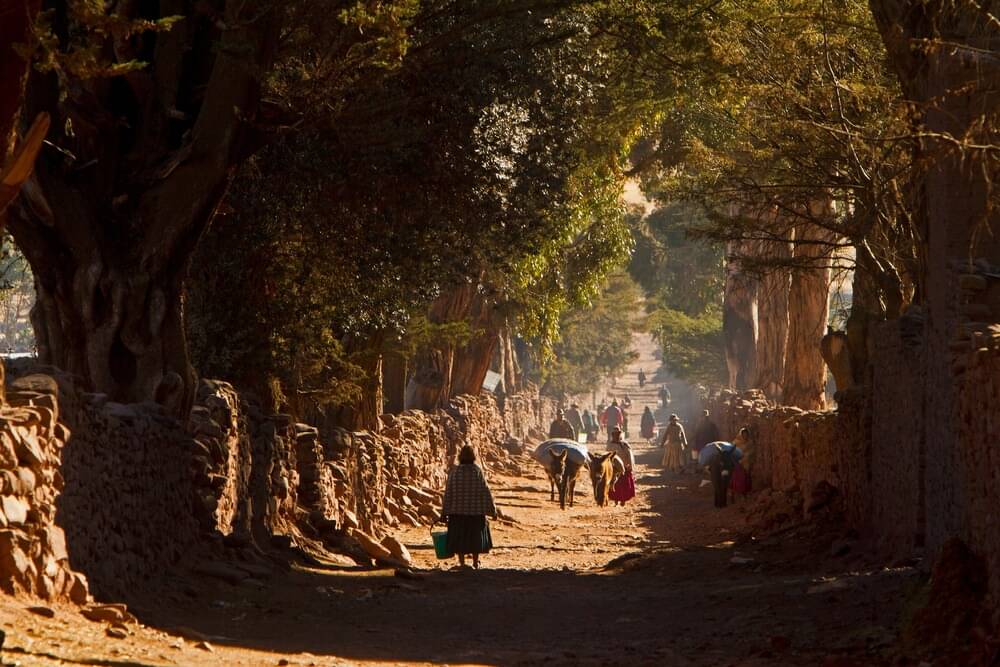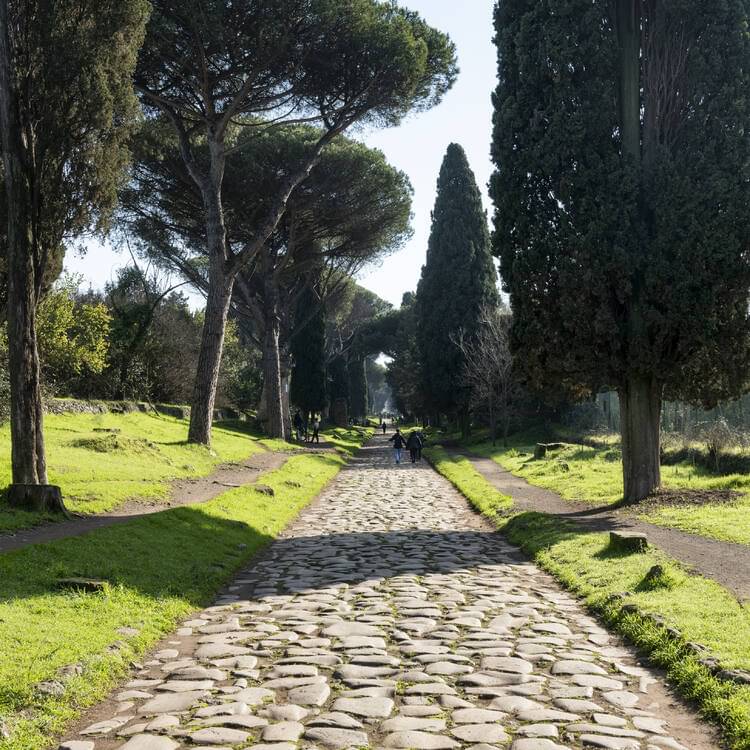Updated September 20th 2024, 14:05 IST
Scenic Roads Of UNESCO World Heritage Sites That Tells Unique Story
These roads provided vital pathways for trade and communication, cultural exchanges and technological innovations of the civilizations that built them.
- Travel News
- 2 min read

Taking a scenic route by road can be an exhilarating way to experience nature, especially when travelling along historically significant roads. Some of these roads have been recognized as UNESCO World Heritage Sites for their unique historical, cultural, and architectural significance.
Noteworthy Roads

Silk Roads
The Silk Roads, stretching across Asia, the Middle East, and Europe, played a crucial role in shaping the history of several civilizations. Designated as a UNESCO World Heritage Site in 2014, this vast network of trade routes facilitated the exchange of silk, spices, gems, and furs, while also spreading art, religion, and technology.
UNESCO describes the Silk Roads as “some of the most complex and fascinating systems in the history of world civilizations,” noting its role in fostering cultural diversity, heritage, and peaceful cooperation.

The Qhapaq Ñan: Andean Road System
The Qhapaq Ñan: Andean Road System, spanning across Argentina, Bolivia, Chile, Colombia, Ecuador, and Peru, was also designated a UNESCO World Heritage Site in 2014. This ancient Inca road network served as a vital communication, trade, and defence route in the Andes.
According to UNESCO, The Qhapaq Ñan consists of 273 component sites across more than 6,000 kilometers. It showcases the political, architectural, and engineering achievements of the Inca Empire, alongside its religious significance and infrastructure for trade and accommodation.

Appian Way
The Appian Way in Rome, Italy, also known as the Via Appia Antica, was recognized as a UNESCO World Heritage Site in July 2024. Built by the Romans between 312 BCE and the 4th century CE, this road connected Rome to the southeastern port city of Brindisi. It revolutionized road construction and was a key route for trade and military movement.
Stretching over 560 kilometers, the Appian Way is lined with significant monuments, including tombs and aqueducts. It stands as a symbol of the power and influence of the Roman Empire, marking one of the most important roads in ancient history.
Published September 20th 2024, 14:05 IST
